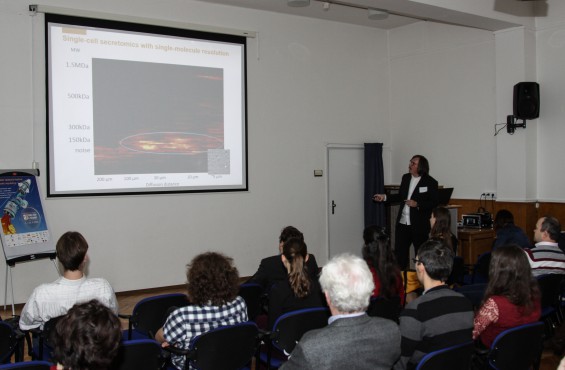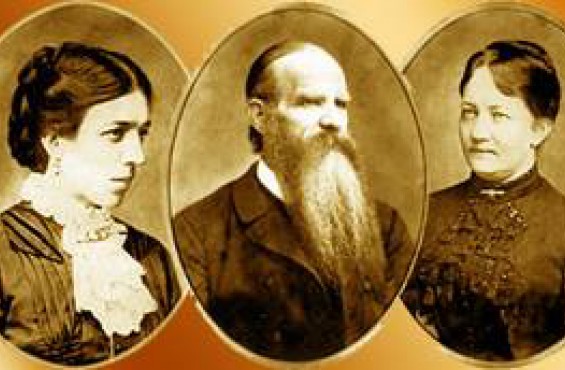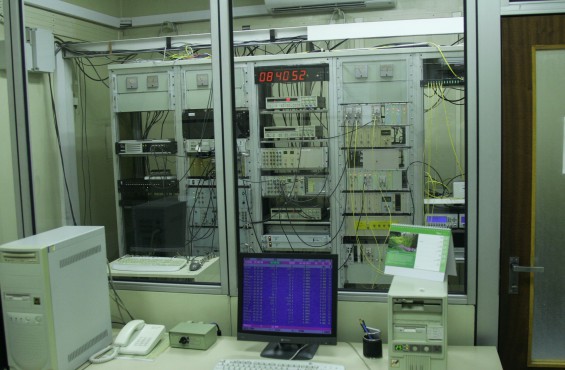The team is engaged in the research of photonic and plasmonic (nano) structures and functional biomolecular files, the development of optical measuring methods and systems, the study of biomolecular interactions and detection of chemical and biological agents in areas such as medical diagnostics, food quality control or environmental monitoring.


















